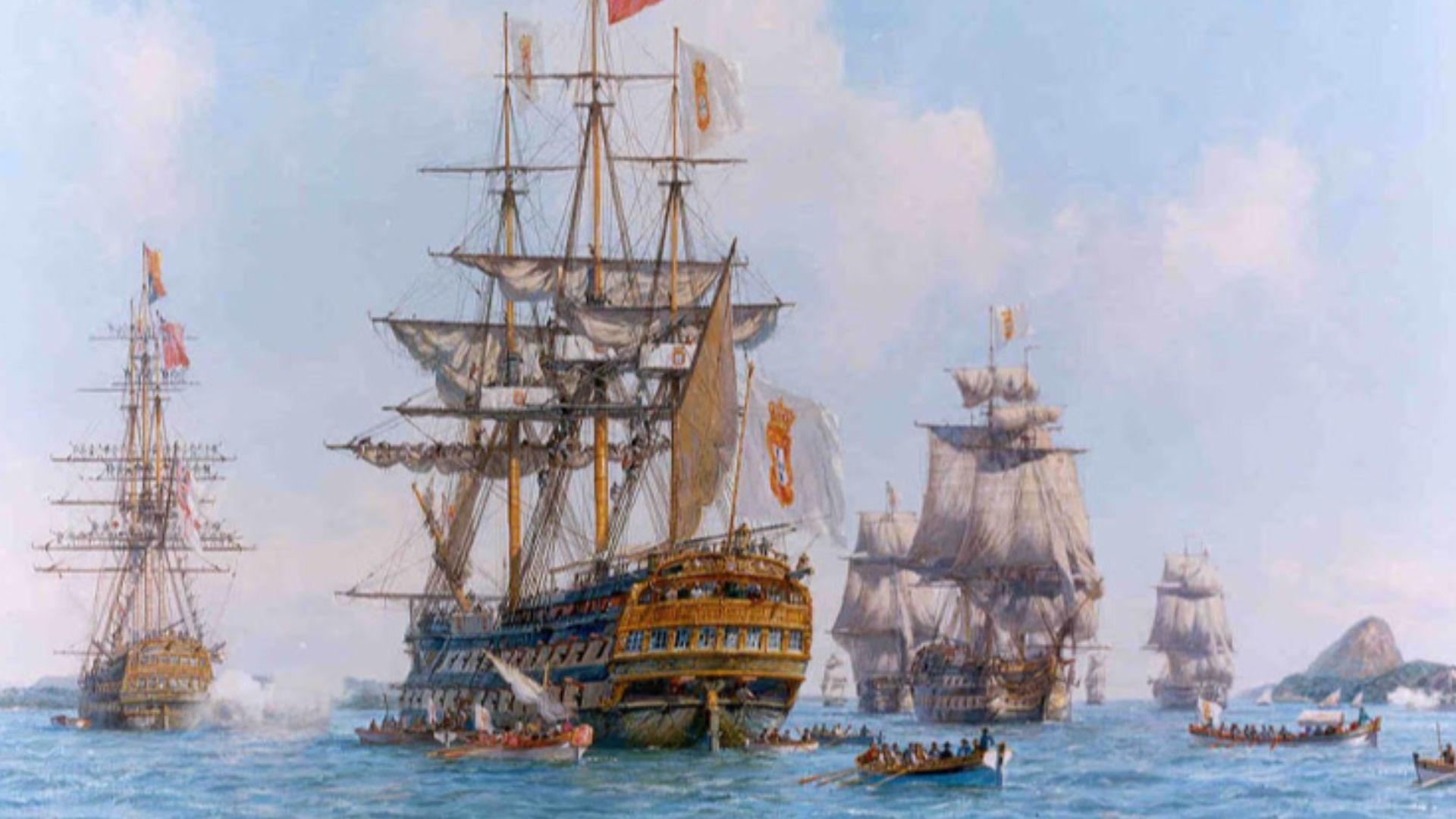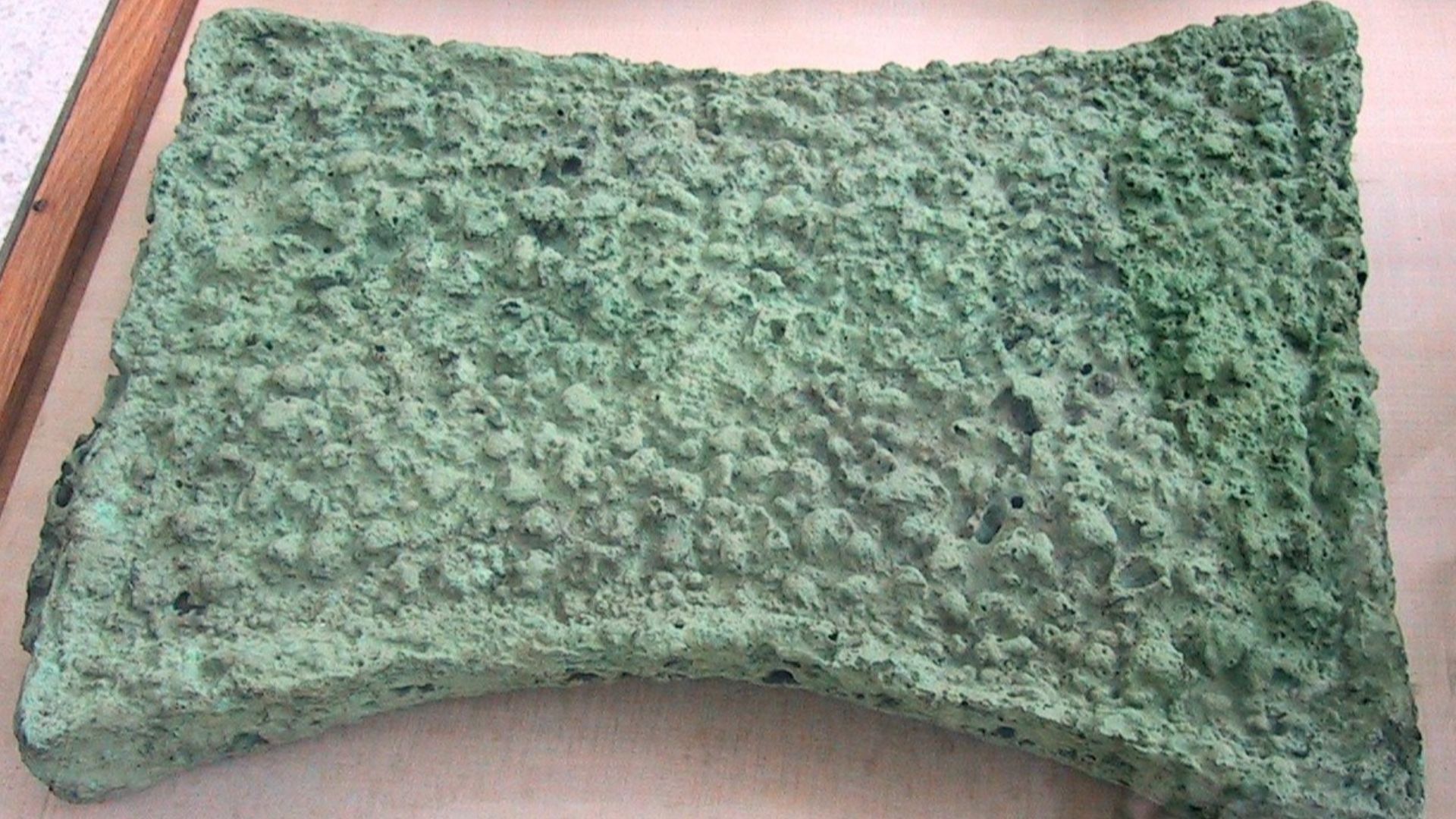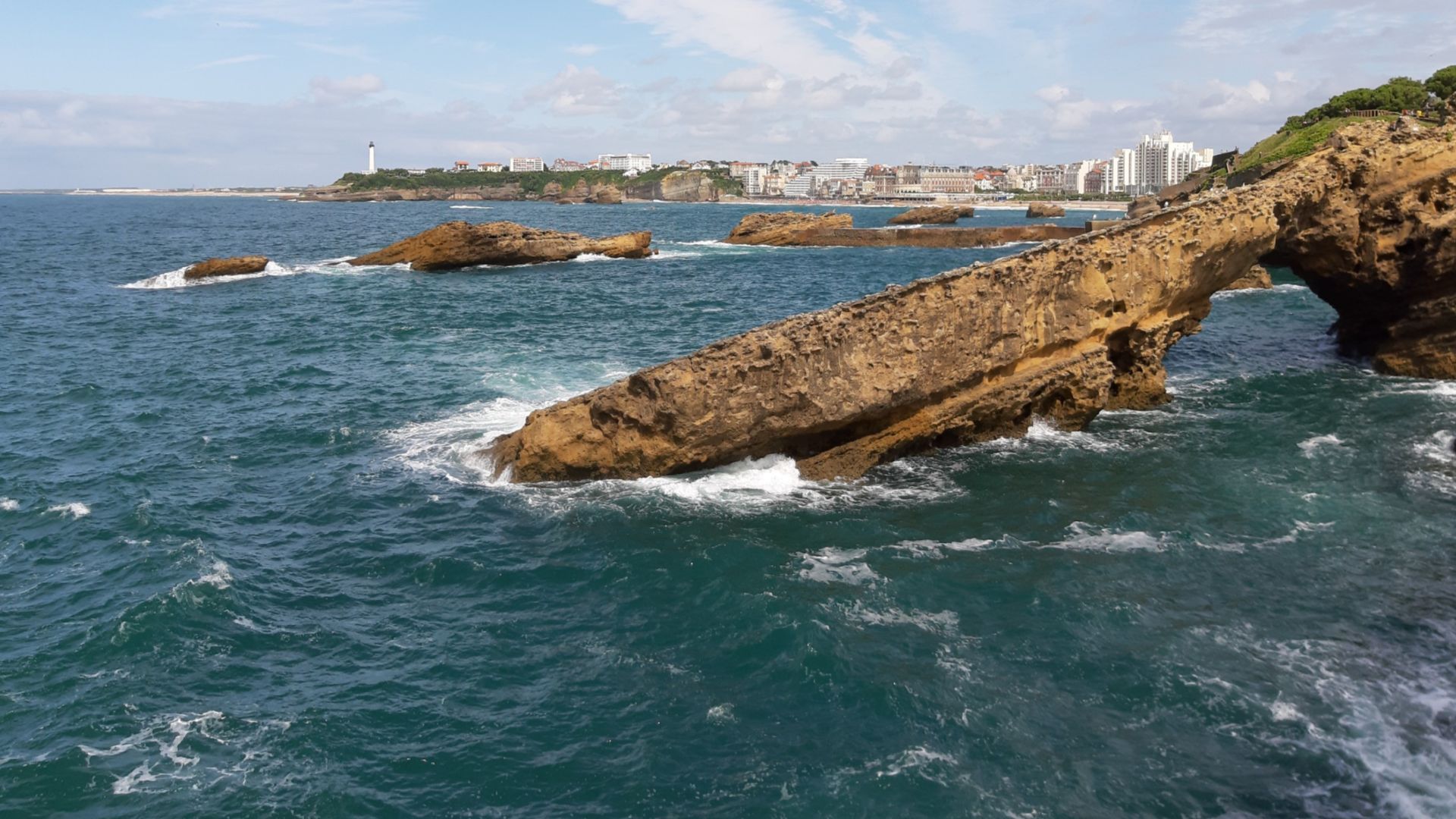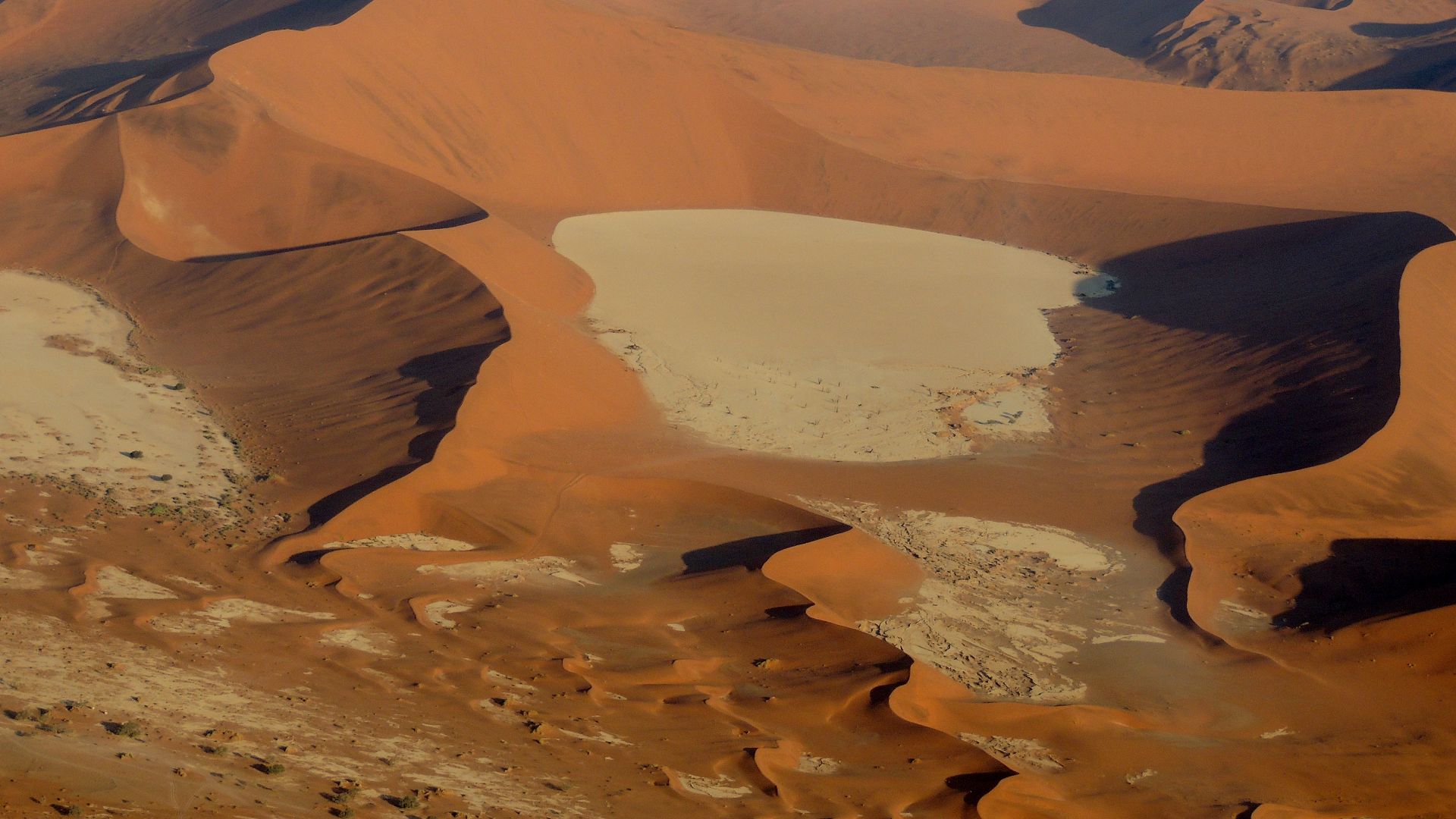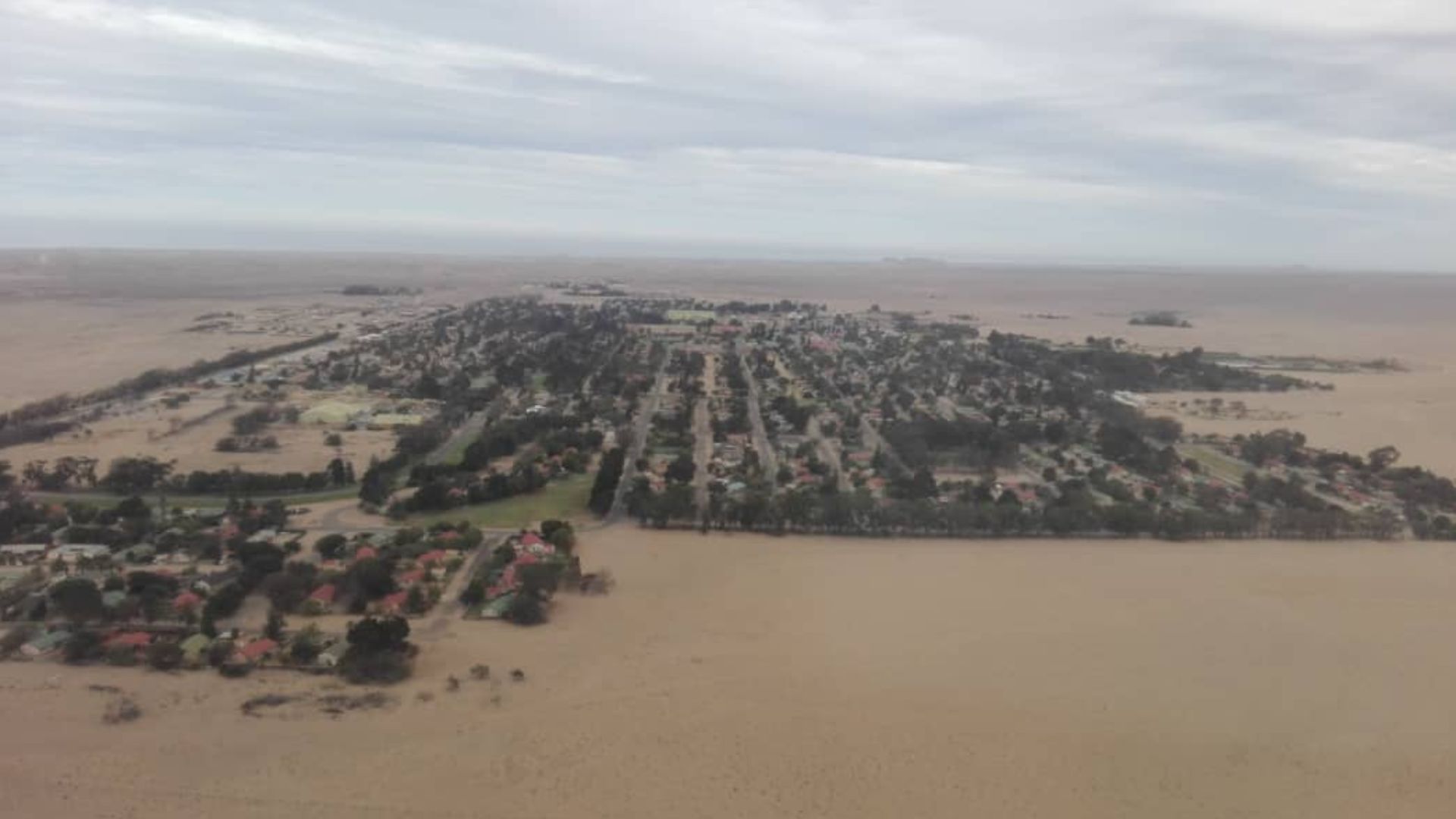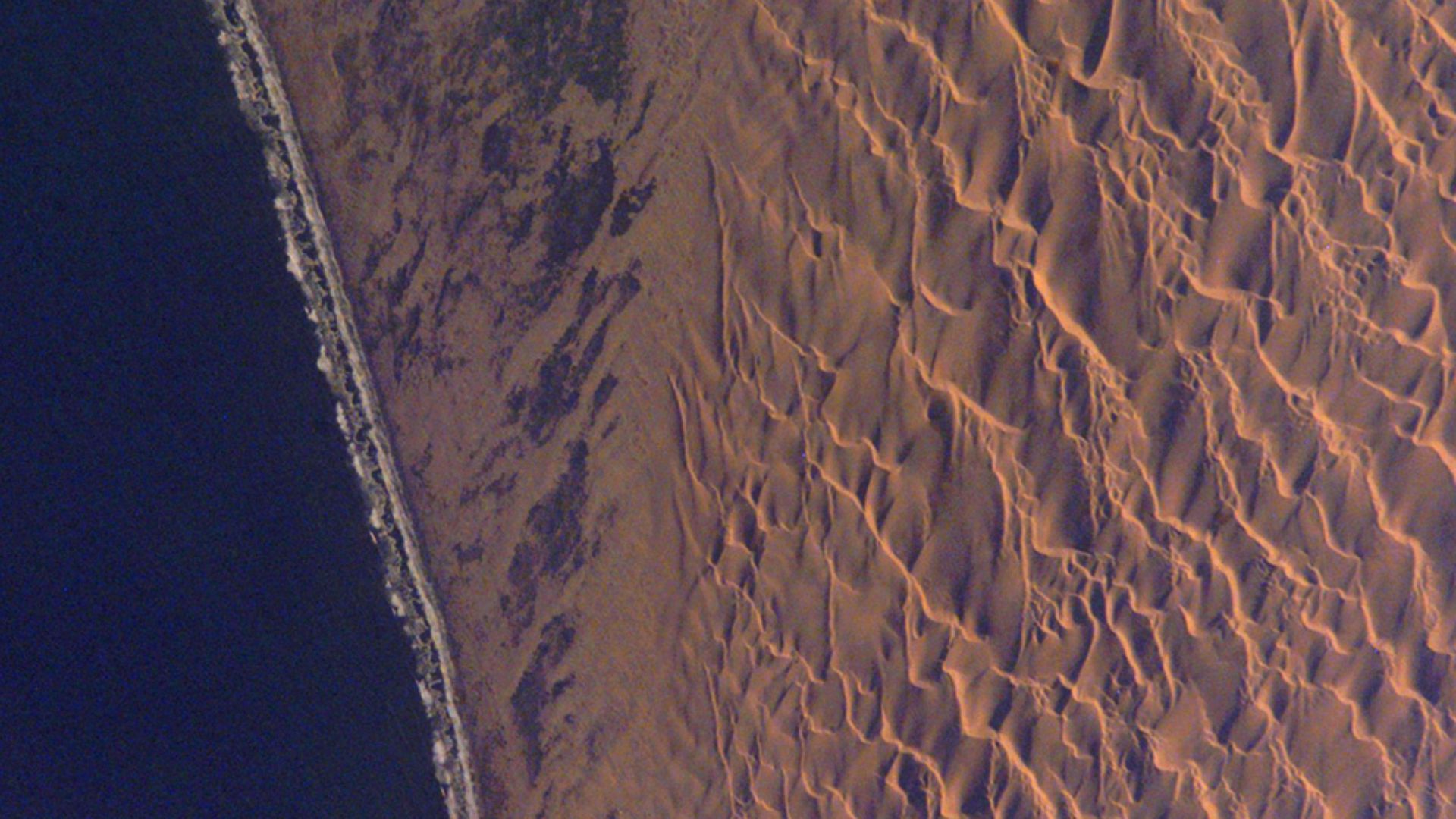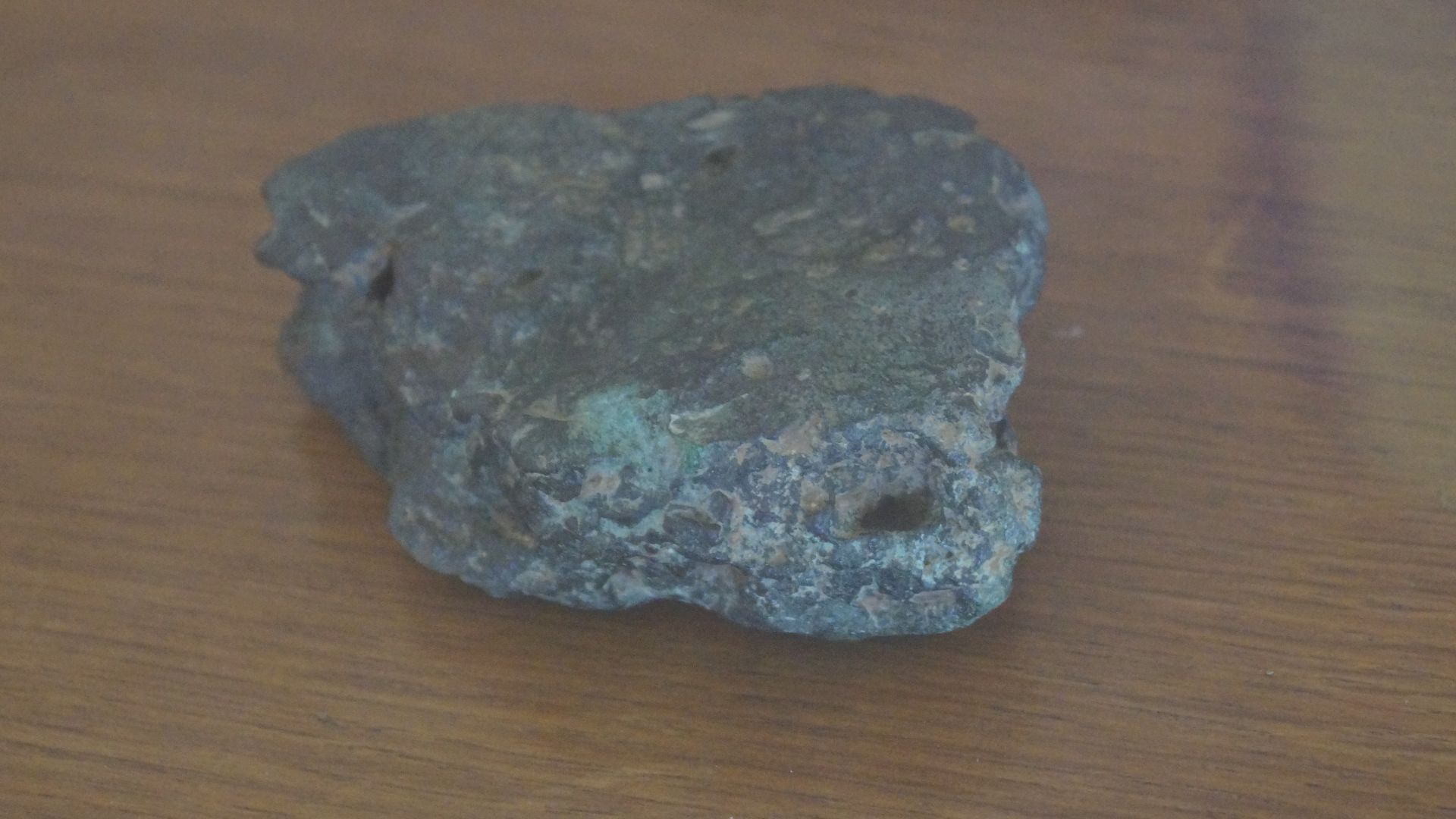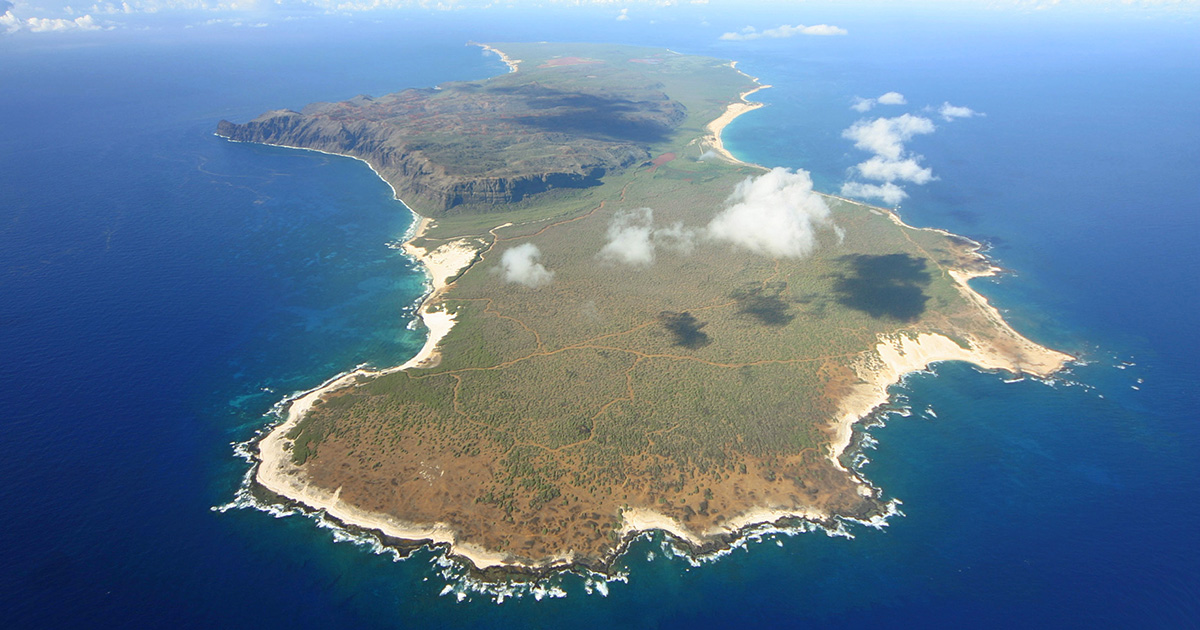Storm To Salvation
Some treasures hide in plain sight, waiting centuries to be found. Diamonds lured miners to Namibia's forbidden coast, but they unearthed something far more precious instead. A Portuguese trading vessel lay beneath their feet.
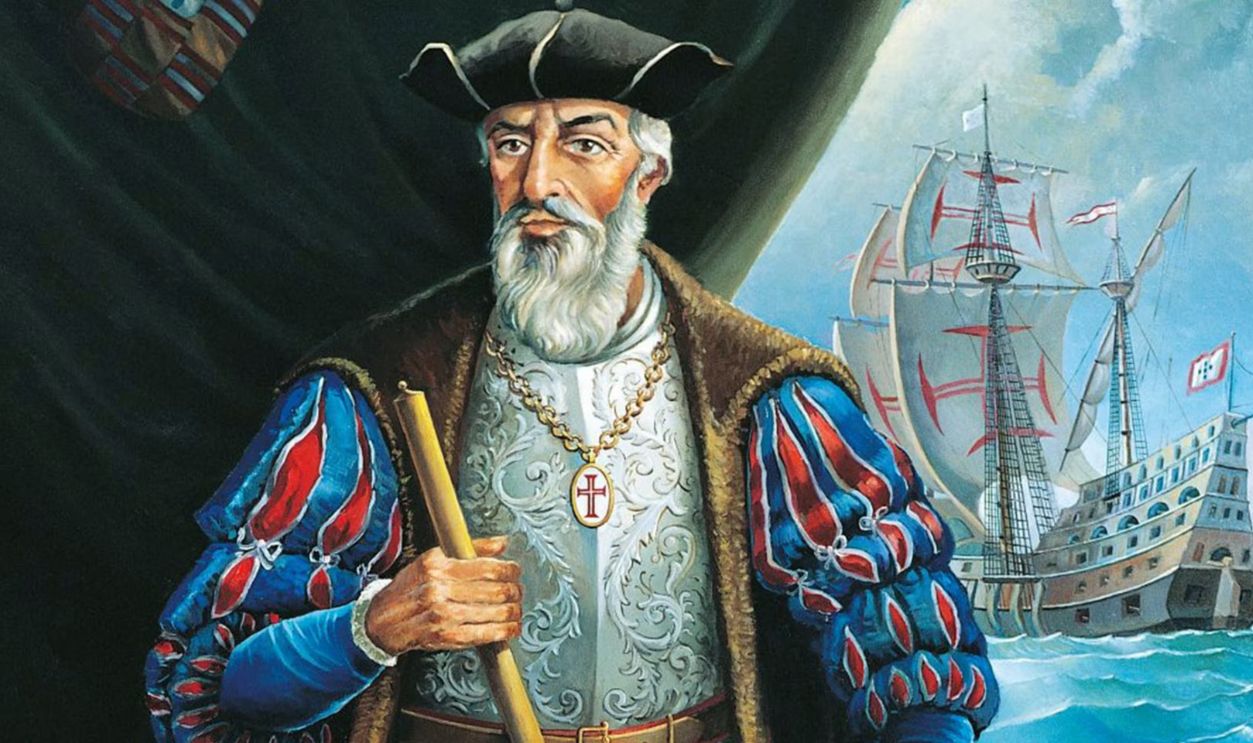
Portuguese Exploration
Portugal dominated global seas in the 1500s, pioneering dangerous trade routes around Africa. Their revolutionary ship designs and navigation techniques allowed longer voyages than ever before. Royal funding supported these expeditions that connected three continents, changing global commerce and bringing unprecedented wealth back to European ports.
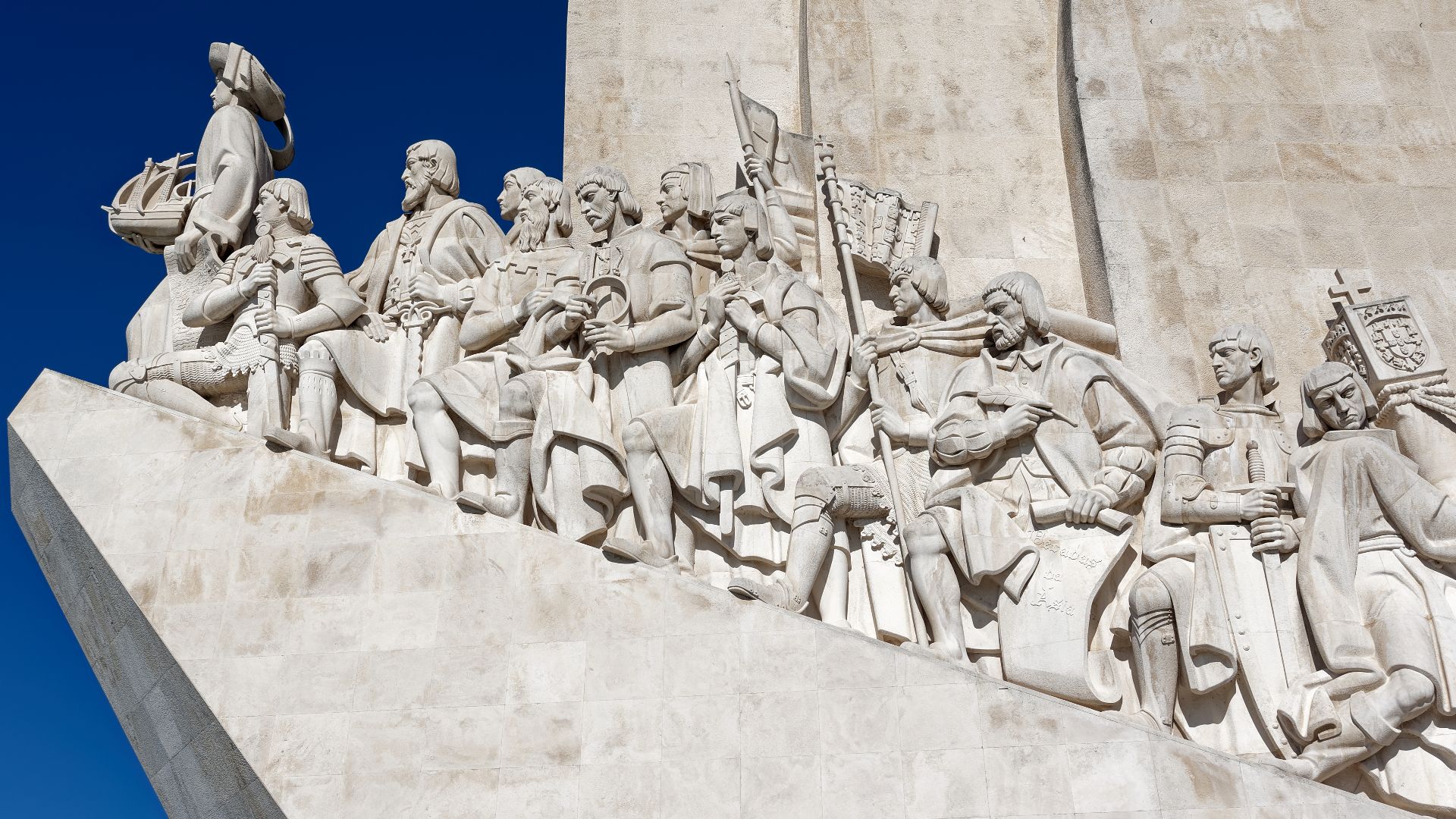 Jakub Halun, Wikimedia Commons
Jakub Halun, Wikimedia Commons
Joao III
Gold coins recovered from the wreck date to King Joao III’s reign. Ruling Portugal from 1521 to 1557, "the Pious" commanded Portugal's maritime empire at its peak, sending ships across uncharted waters. Under his reign, Portuguese ships established trading posts from Brazil to Japan.
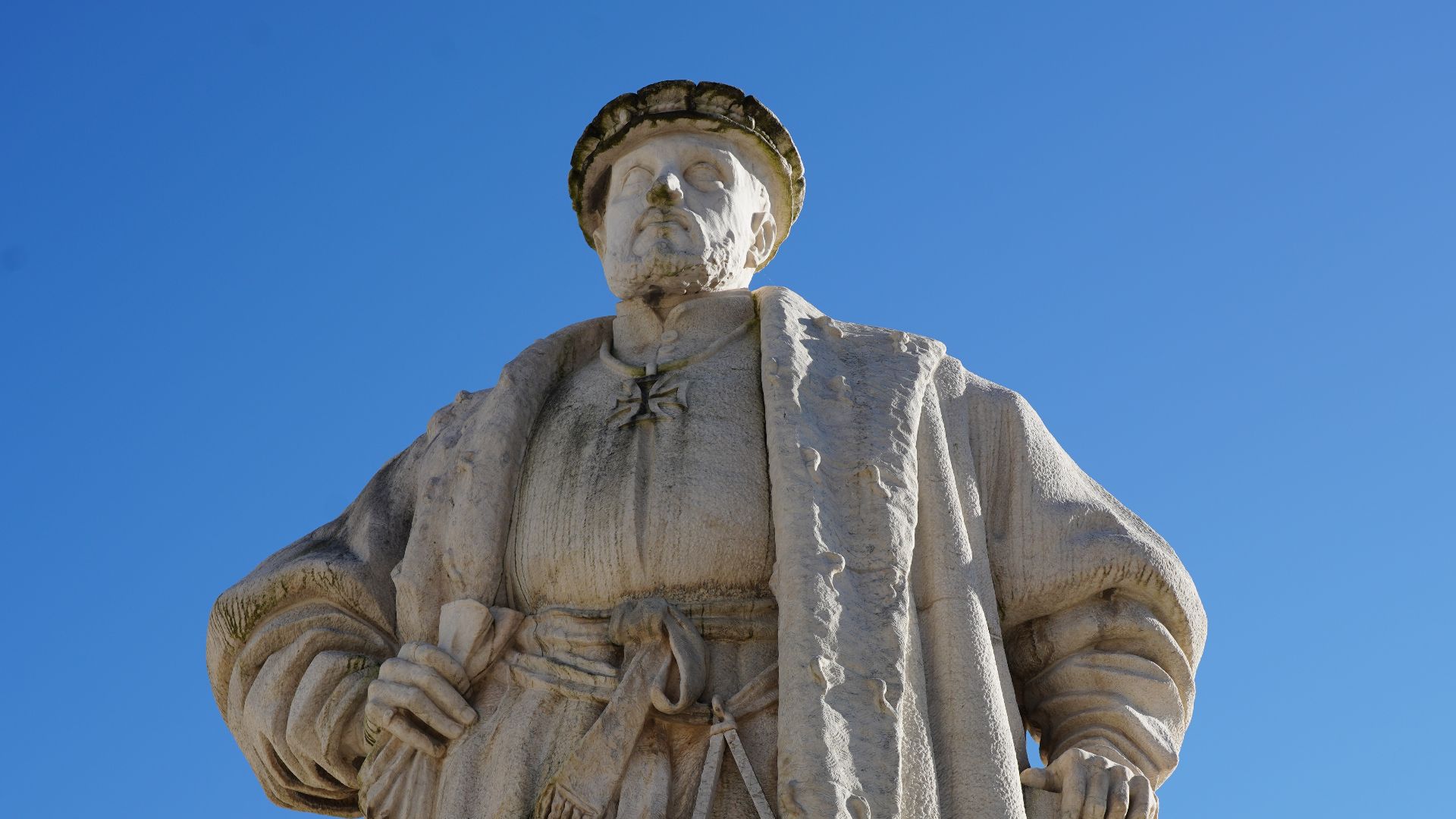 Ray Swi-hymn from Sijhih-Taipei, Taiwan, Wikimedia Commons
Ray Swi-hymn from Sijhih-Taipei, Taiwan, Wikimedia Commons
Maritime Trade
The mortality rate for these expeditions was staggering—many ships were lost to storms and disease. Despite these odds, merchants invested fortunes for potentially massive profits on successful voyages. Crews endured scurvy, storms, and violence while transporting metals, currency, and wool to exchange for Asian spices and silks.
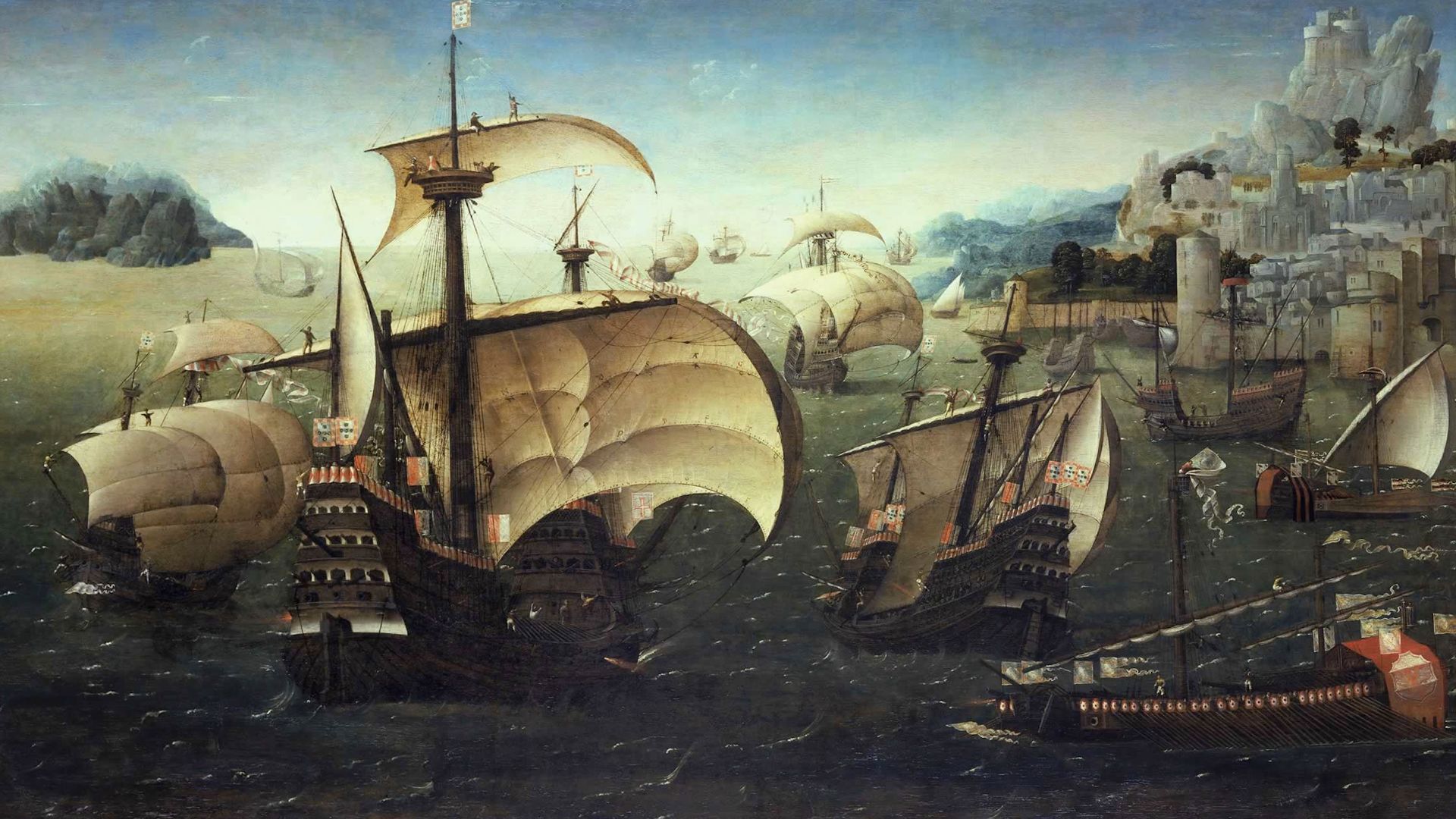 Unknown authorUnknown author , Wikimedia Commons
Unknown authorUnknown author , Wikimedia Commons
Trade Routes
Vasco da Gama first sailed Portugal's sea route to India in 1499, keeping its details secret from rival powers. Ships following this path navigated by stars using astrolabes and quadrants. The most dangerous section passed Namibia's coast, where cold currents meet hot desert winds, creating lethal fog banks.
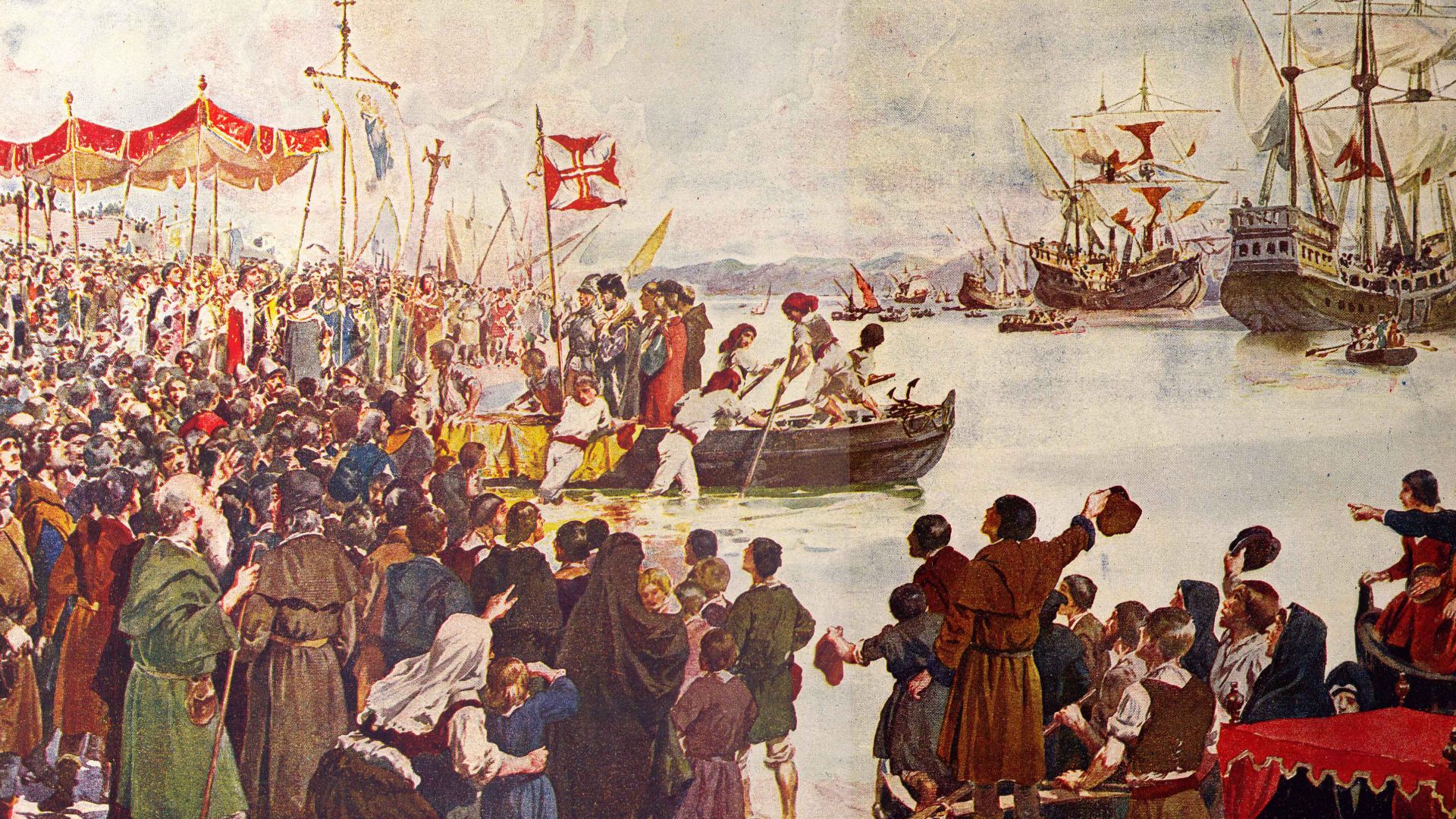 Roque Gameiro, Wikimedia Commons
Roque Gameiro, Wikimedia Commons
Royal Ship
The Bom Jesus qualified as a "ship of state," sailing under the direct authority of Portuguese royalty. These vessels received special protection and privileges at foreign ports. Beyond commercial purposes, they often served diplomatic missions, strengthening Portugal's international relationships while gathering intelligence about distant lands.
Bom Jesus
Setting sail from Lisbon on March 7, 1533, the Bom Jesus ("Good Jesus") was a Portuguese carrack designed for long oceanic voyages. The vessel's name invoked divine protection for the dangerous journey. This trading ship measured about 100–150 feet long, three-masted, and likely square-rigged.
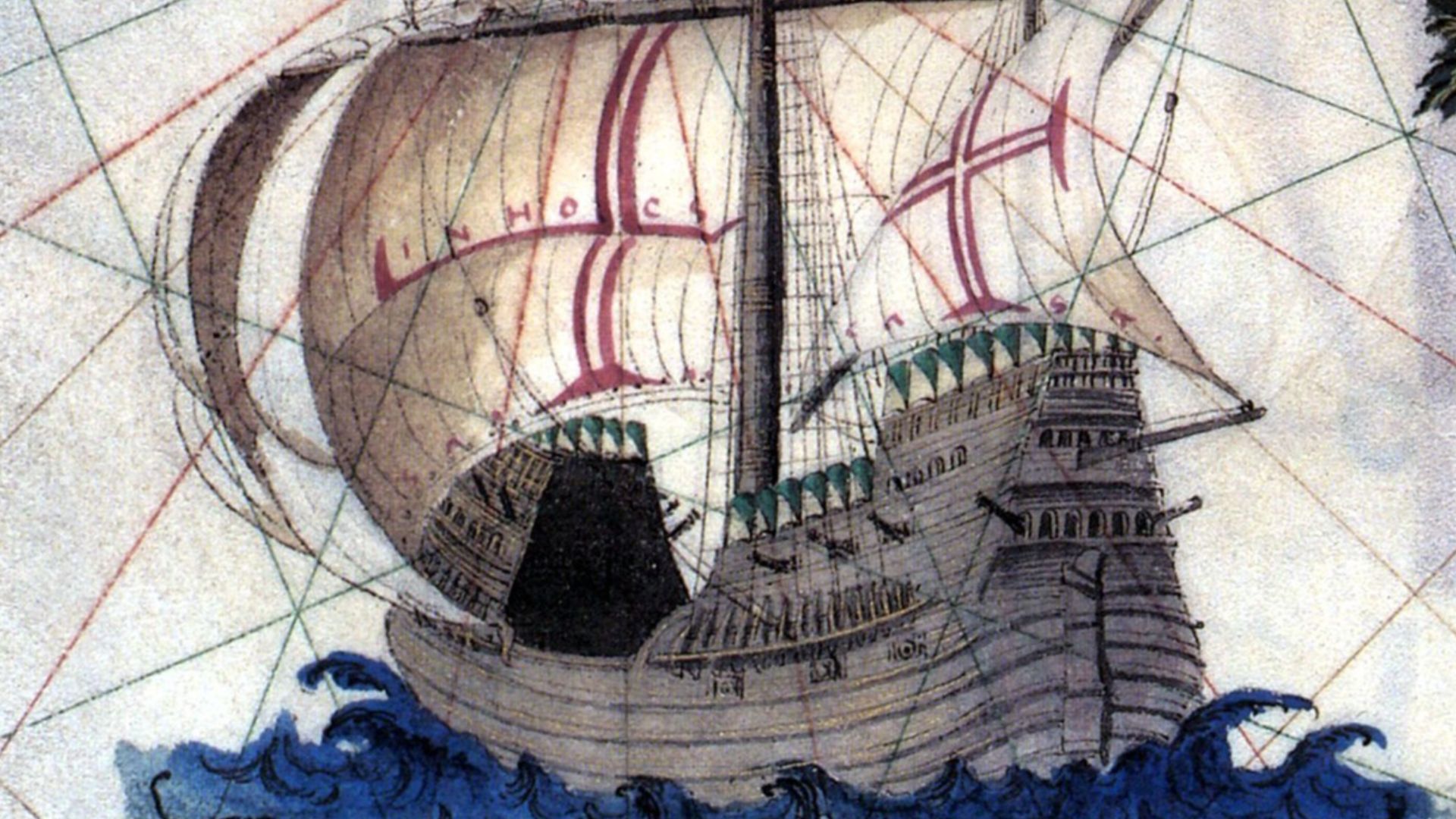 Sebastiao Lopes (15??–1596)[1], Wikimedia Commons
Sebastiao Lopes (15??–1596)[1], Wikimedia Commons
India Bound
Historical records suggest the Bom Jesus aimed for Goa, Portugal's primary trading hub in India. The voyage would typically take six months, traveling south along Africa's coast before entering the Indian Ocean. Captains timed departures to utilize seasonal monsoon winds that propelled ships across the Arabian Sea.
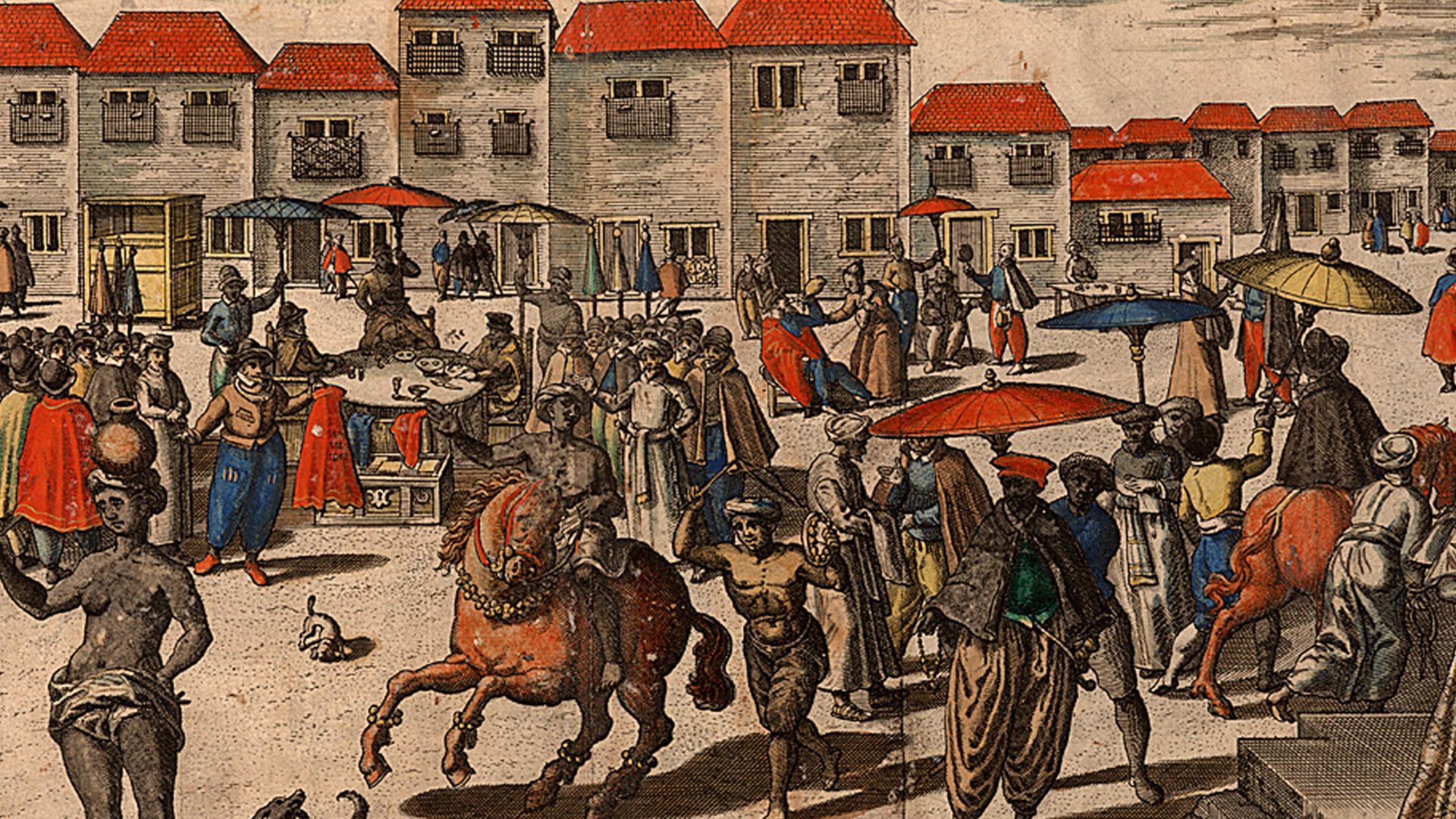 Jan Huygen van Linschoten, Wikimedia Commons
Jan Huygen van Linschoten, Wikimedia Commons
Precious Cargo
Beyond gold coins, the ship transported 44,000 pounds of copper ingots stamped with the Fugger family's trident mark—Europe's wealthiest banking dynasty. Its diverse cargo included German silver, Italian and Portuguese coins, ivory tusks, and weapons. Sailors' personal belongings were also there.
Violent Storm
Evidence suggests a sudden, powerful storm drove the Bom Jesus dangerously close to shore. Namibia's coast regularly experiences violent weather systems where cold Atlantic currents collide with hot desert air. The resulting violent winds likely overwhelmed the ship's crew despite their desperate efforts to maintain course in near-zero visibility.
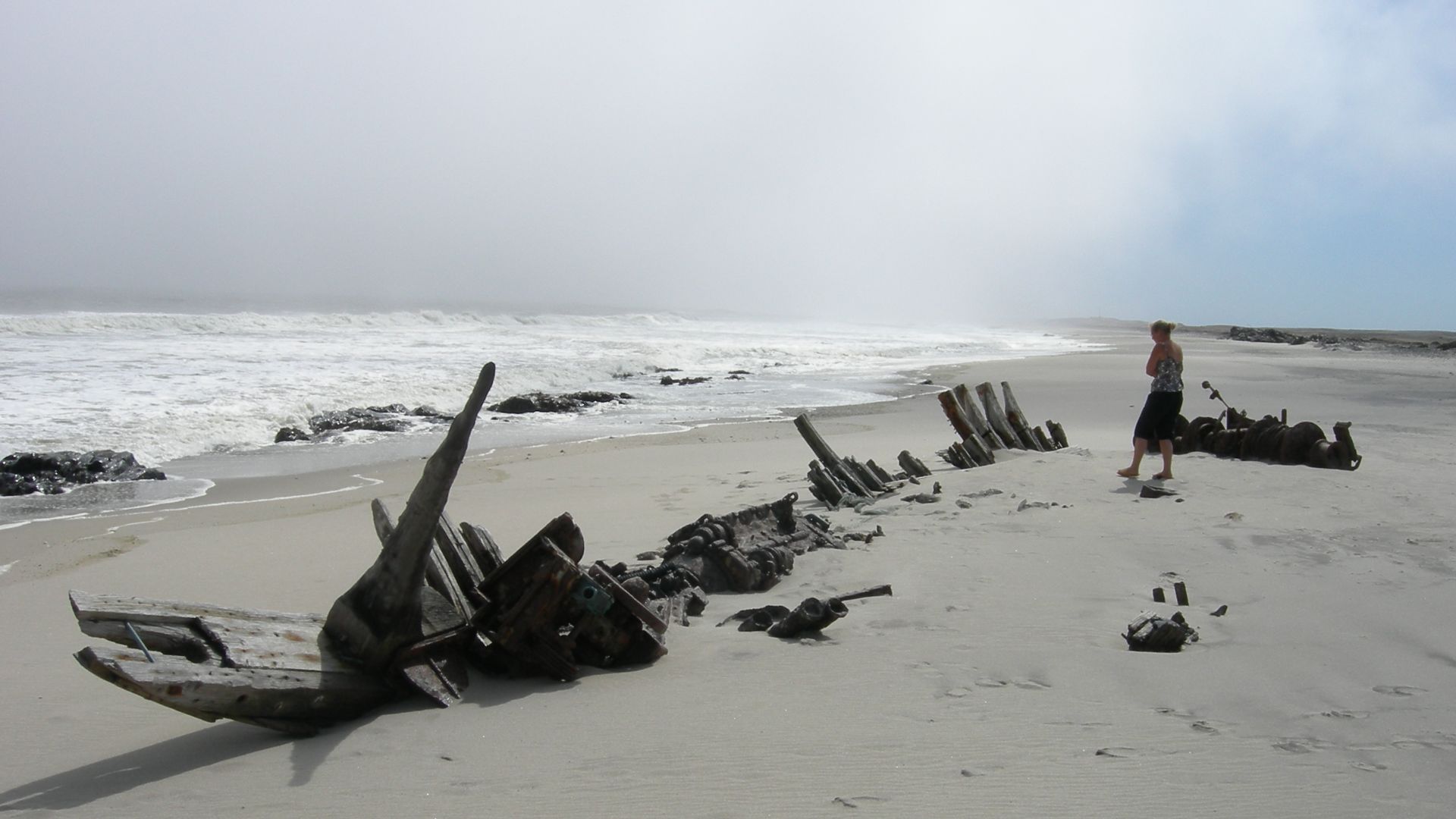 Joachim Huber from Switzerland, Wikimedia Commons
Joachim Huber from Switzerland, Wikimedia Commons
Fatal Wreck
The ship's final moments came when its wooden hull struck submerged rocks near today's Oranjemund. Archaeological evidence shows the vessel capsized quickly, spilling its precious cargo across the seabed. Dr Noli believes the captain's cabin broke apart during the disaster.
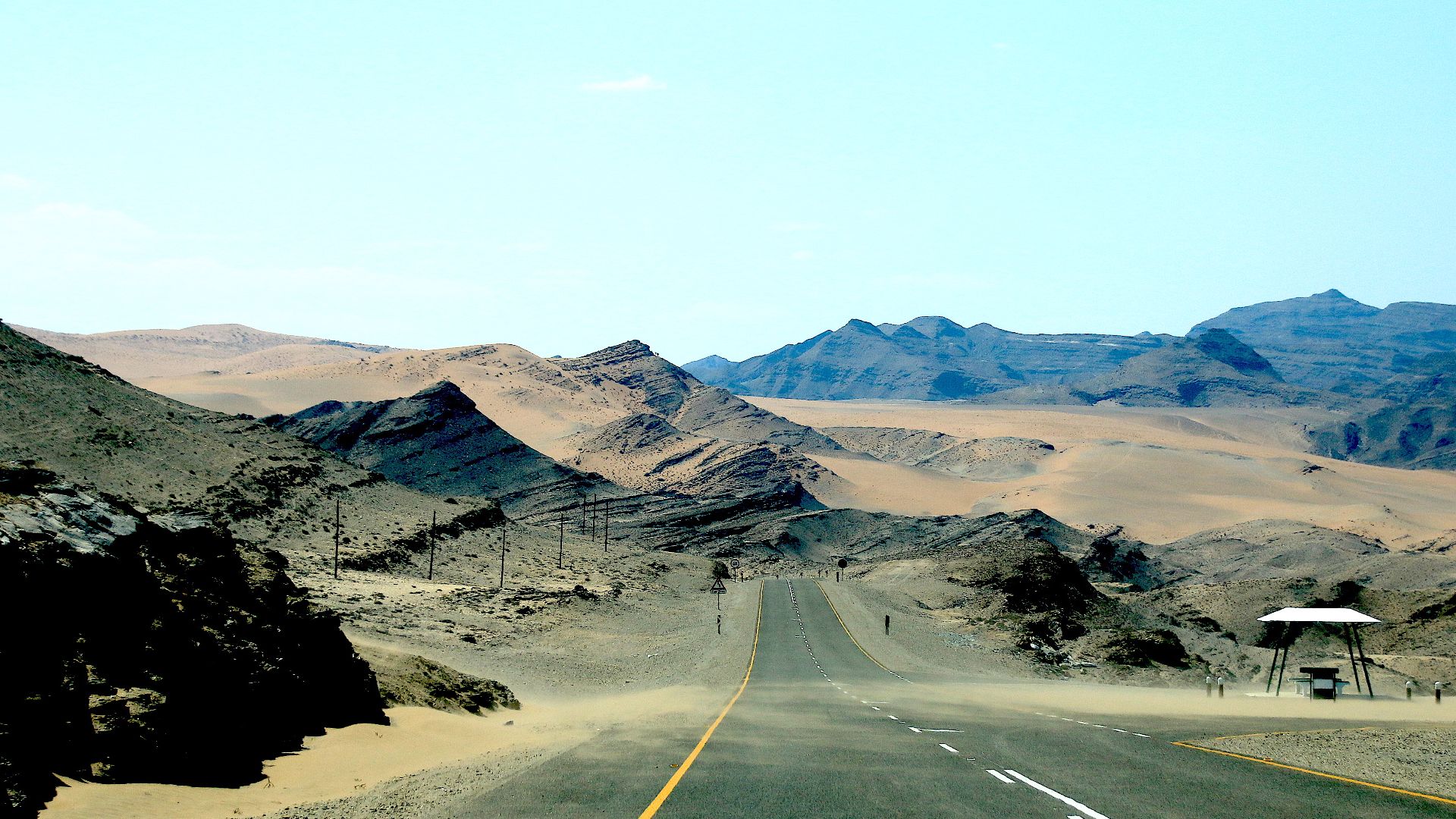 Hp.Baumeler, Wikimedia Commons
Hp.Baumeler, Wikimedia Commons
Ocean Floor
The wreckage initially settled on the Atlantic seabed, where copper ingots played an unexpected preservation role. Marine organisms typically consume wooden ships, but copper's toxicity naturally repelled them. Sand quickly covered most artifacts, creating an oxygen-poor environment that prevented decay.
Shifting Coastline
Over five centuries, desert sands advanced westward through natural geological processes. Desert sands gradually advanced over the former seabed, eventually covering the shipwreck entirely. This remarkable change turned an underwater grave into a desert archaeological site. The Namib Desert slowly claimed the wreck through its relentless expansion toward the Atlantic.
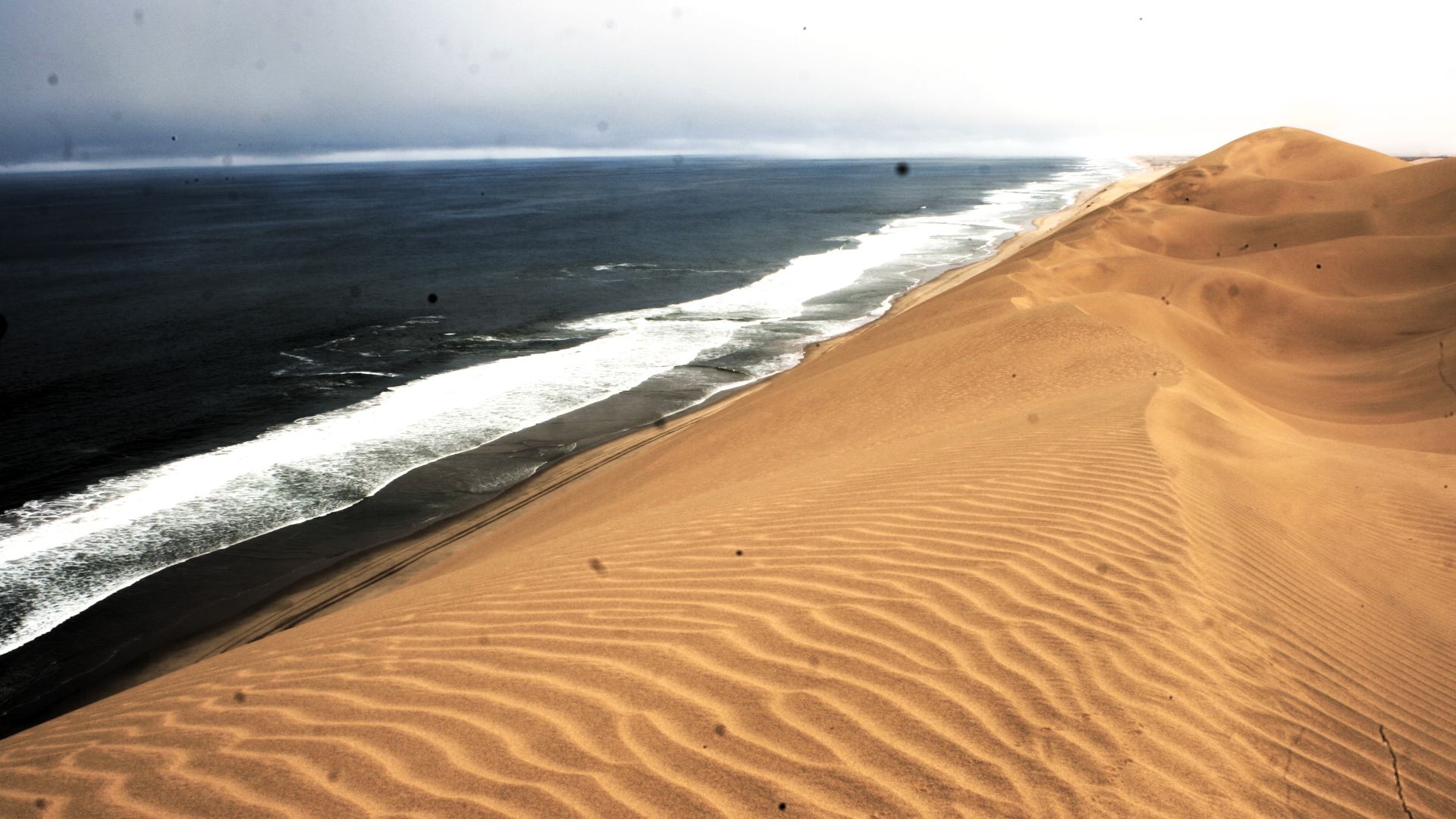 Red Dune Safaris, Wikimedia Commons
Red Dune Safaris, Wikimedia Commons
Desert Preservation
The Namib Desert's extreme aridity became the wreck's ultimate preservative. With annual rainfall below 10mm, organic materials that would normally decompose remained intact. The desert's consistent temperatures and minimal humidity created ideal conservation conditions. Metal objects retained their form while textiles and even some paper artifacts survived.
Natural Protection
Salt from the original seawater formed a protective layer around many artifacts. This natural sealing process, combined with being buried under heavy sand, shielded delicate items from erosion and exposure. Wooden beams, navigation instruments, and even musket stocks survived in remarkable condition.
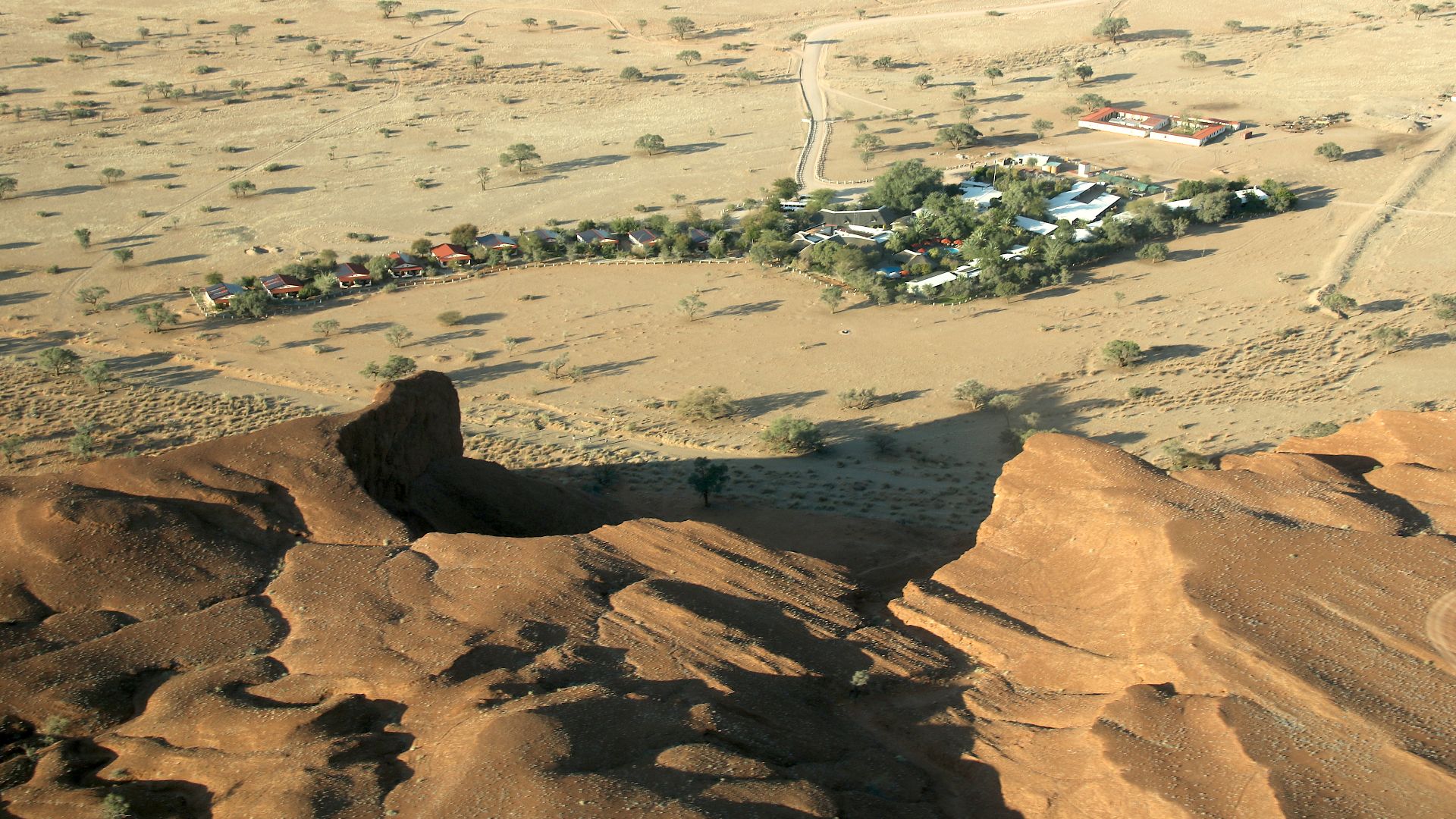 Hp.Baumeler, Wikimedia Commons
Hp.Baumeler, Wikimedia Commons
Skeleton Coast
Local Bushmen called this treacherous shoreline "The Land God Made in Anger," while Portuguese sailors named it “The Gates of Hell”. Over 1,000 vessels have met their end along these shores. Dangerous currents, unpredictable weather, and hidden shoals create perfect shipwreck conditions. The coast earned its grim nickname from countless sun-bleached wrecks visible along its desolate stretches.
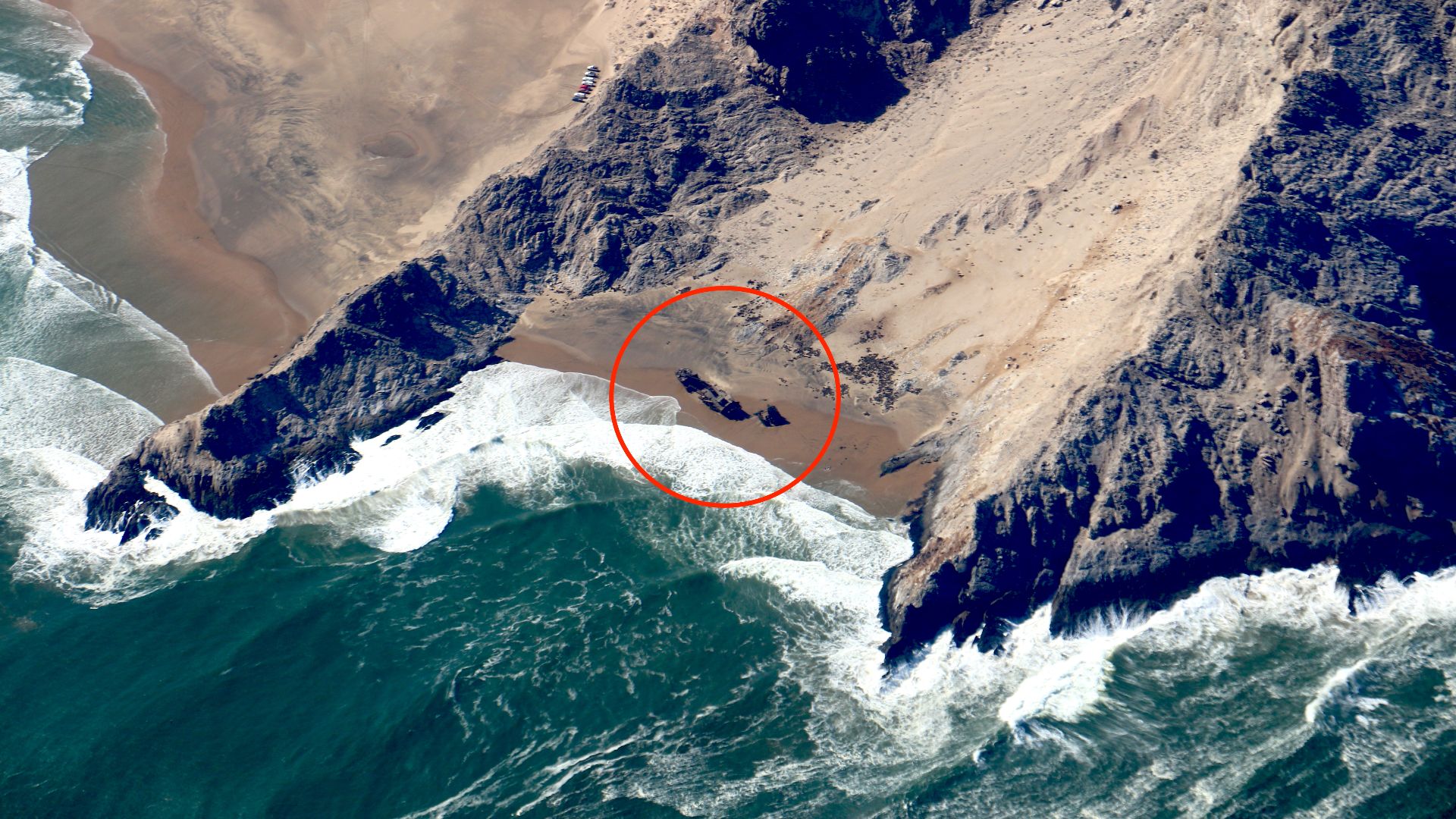 Hp.Baumeler, Wikimedia Commons
Hp.Baumeler, Wikimedia Commons
Diamond Miners
Namibia's diamond deposits—among the highest quality worldwide—formed when the Orange River carried gems from South Africa's interior to the Atlantic, where currents distributed them along the coast. Since 1908, mining operations have extracted these precious stones from coastal sands.
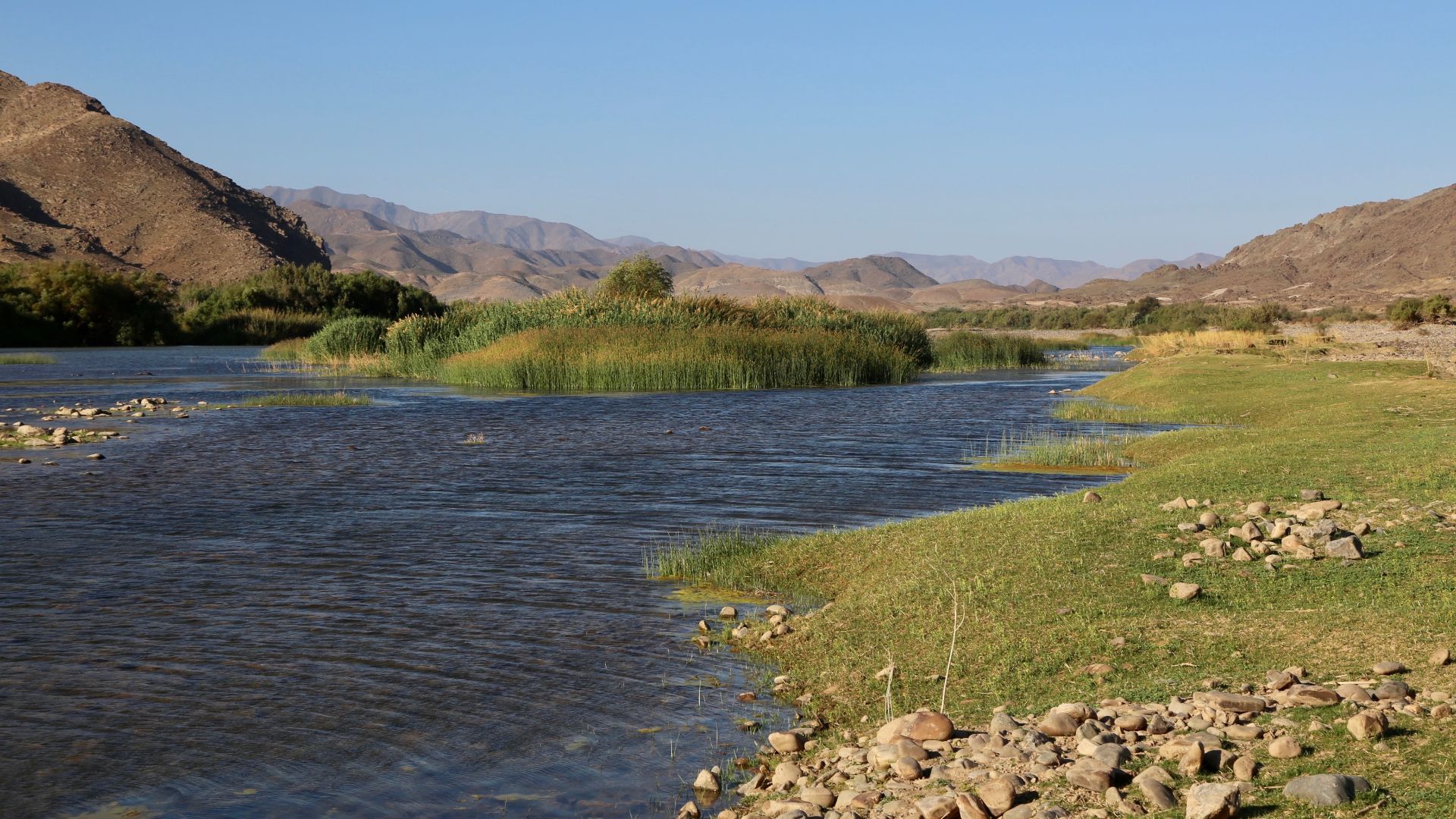 yakovlev.alexey from Moscow, Russia, Wikimedia Commons
yakovlev.alexey from Moscow, Russia, Wikimedia Commons
Accidental Find
On April 1, 2008, miner Kaapanda Shadika noticed unusual copper objects while excavating behind a sea wall near Oranjemund. Initially mistaken for mining equipment, closer examination revealed the objects were centuries old. Work halted immediately as the significance of the situation became apparent.
Sperrgebiet Region
The shipwreck emerged in Namibia's restricted "Sperrgebiet" (Forbidden Territory), a 10,000-square-mile diamond mining zone closed to public access since 1908. This high-security area, jointly controlled by DeBeers and the Namibian government, requires special permits to enter.
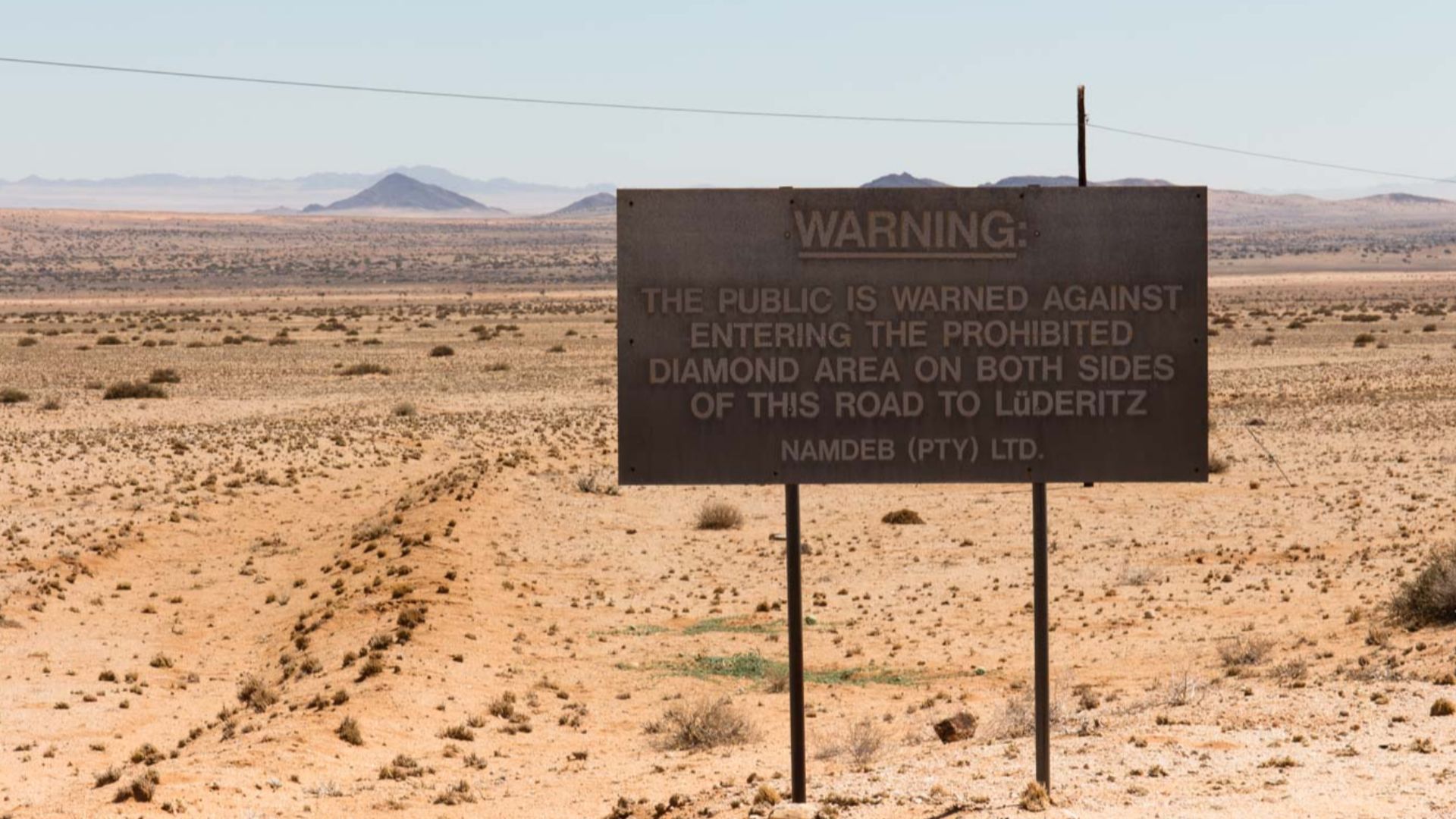 Ragnhild&Neil Crawford from Sweden, Wikimedia Commons
Ragnhild&Neil Crawford from Sweden, Wikimedia Commons
Initial Assessment
When first called to the site, Dr Noli spotted a wooden musket stock designed to rest against the cheek rather than the shoulder. His excited message to colleagues stated: “I've been preaching for a dozen years that they would find a shipwreck...This was what I'd been waiting for”.
Dieter Noli
Archaeological investigation fell to Dr Dieter Noli, a specialist with decades of experience in Namibian desert archaeology. As chief archaeologist for the Southern Africa Institute of Maritime Archaeological Research, his expertise proved invaluable in identifying and preserving the find.
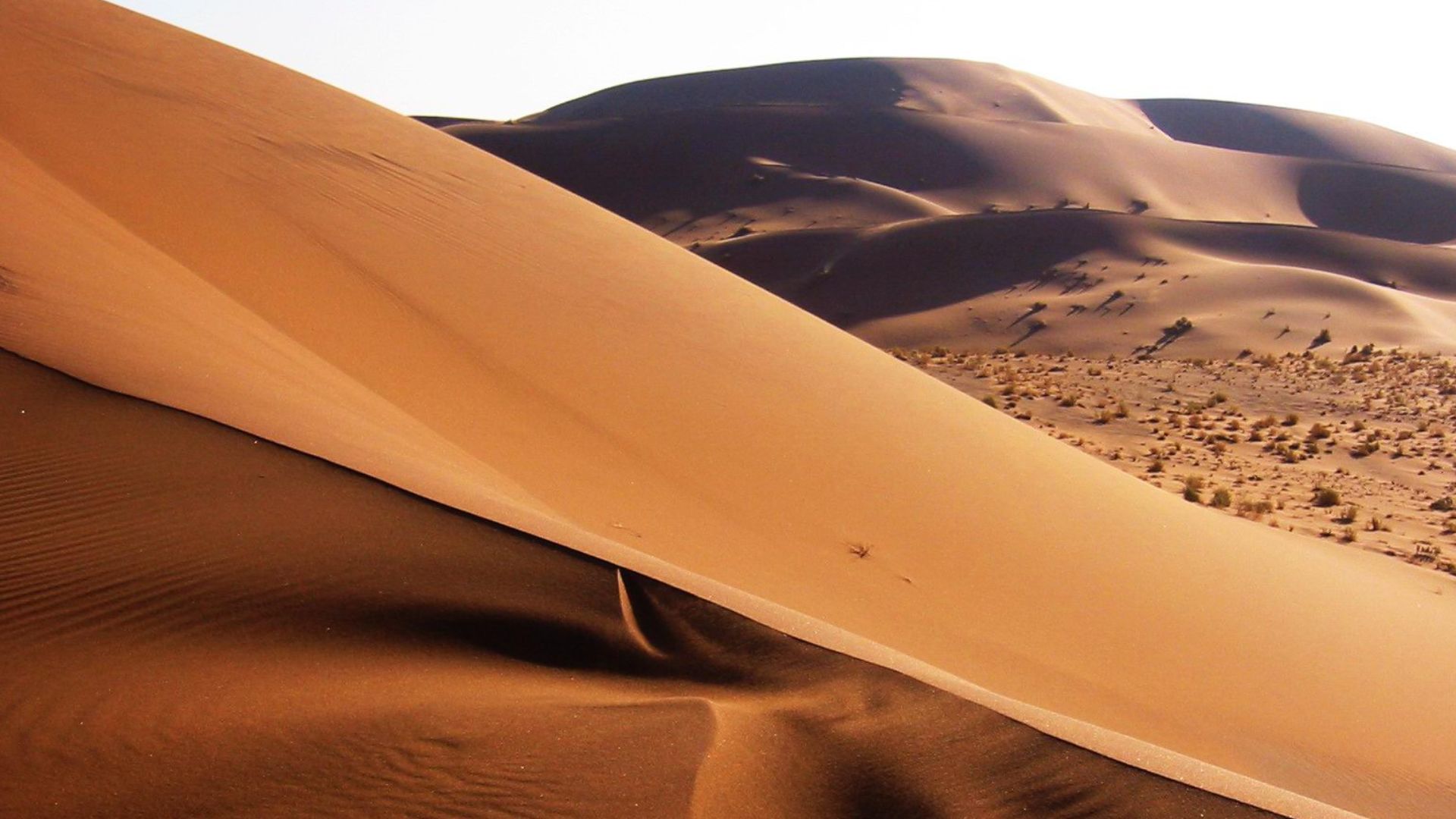 Thomas Schoch, Wikimedia Commons
Thomas Schoch, Wikimedia Commons
Golden Treasure
The sixth day of excavation yielded the most spectacular find—a treasure chest containing approximately 2,000 gold coins. Dr Noli remarked that once they "literally filled a hat with gold coins," the site's importance became indisputable. These perfectly preserved Portuguese and Spanish coins provided critical dating evidence.
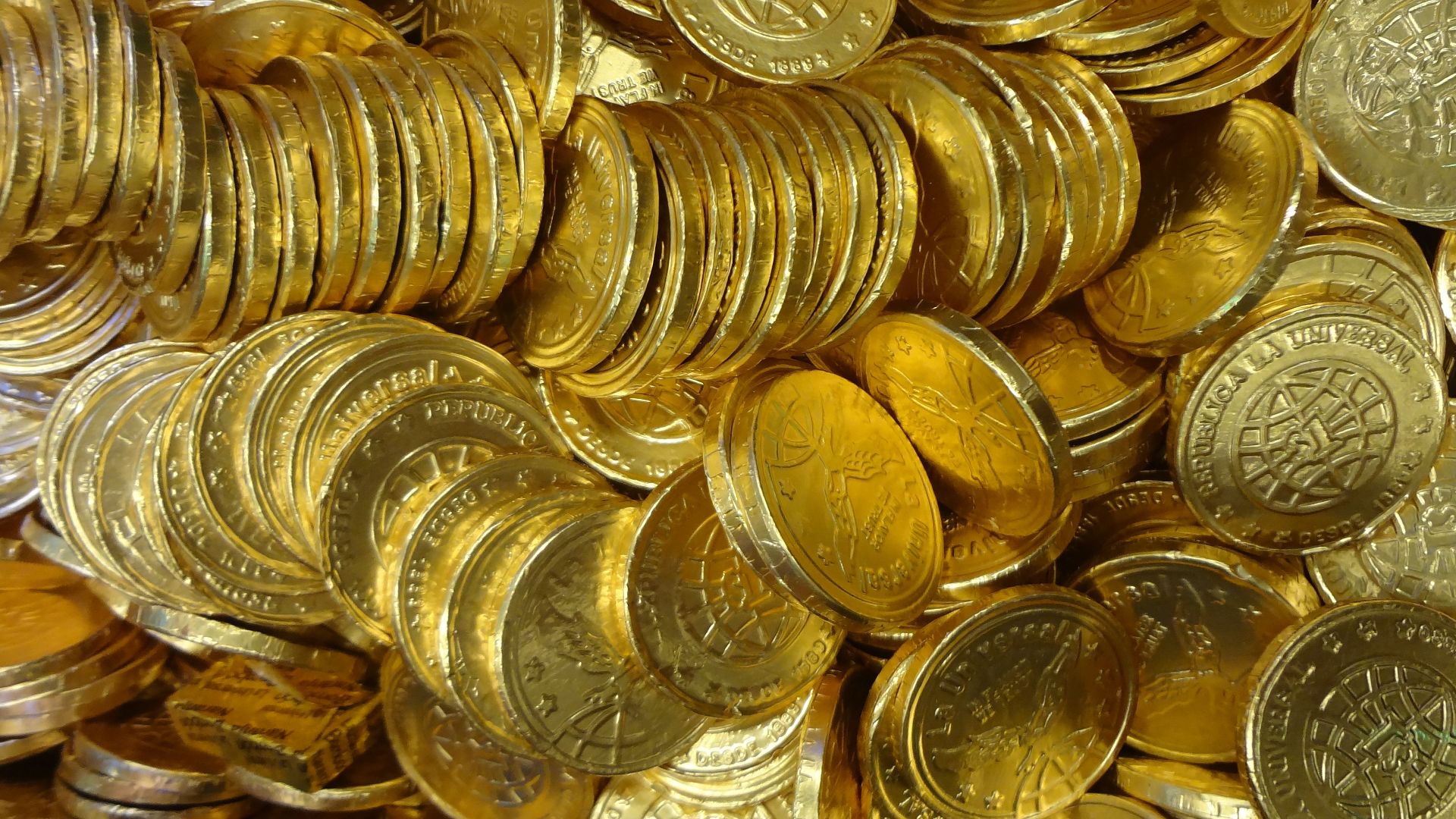 David Adam Kess, Wikimedia Commons
David Adam Kess, Wikimedia Commons
Copper Ingots
Over 40 tons of copper ingots formed the ship's primary cargo, stamped with the distinctive trident mark of the wealthy Fugger banking family. This copper was destined for India's metal-hungry markets, where European copper commanded premium prices. The massive weight of these ingots likely contributed to the ship's sinking.
Navigation Instruments
Recovered navigational tools included astrolabes, used to determine latitude by measuring the sun's or stars' angles above the horizon. These sophisticated instruments reveal the advanced maritime technology of Portugal's golden age. 16th-century sailors could only determine their north-south position.
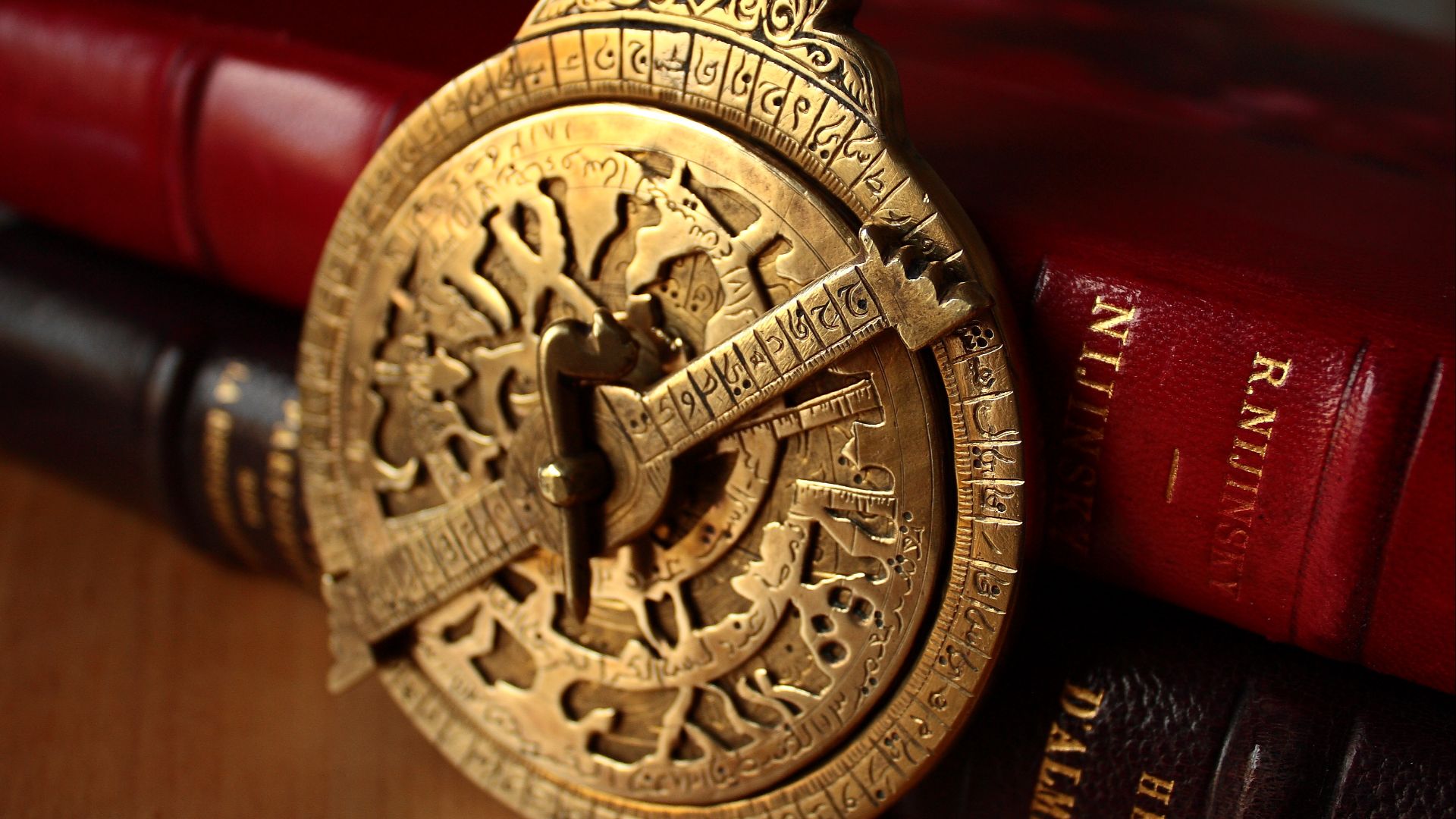 Evan from paris, france, Wikimedia Commons
Evan from paris, france, Wikimedia Commons
Elephant Tusks
The ship's cargo included African elephant ivory tusks, showing that the Bom Jesus had conducted trade along Africa's coast before its final journey. Ivory represented one of the era's most valuable commodities, used for everything from piano keys to decorative art pieces.
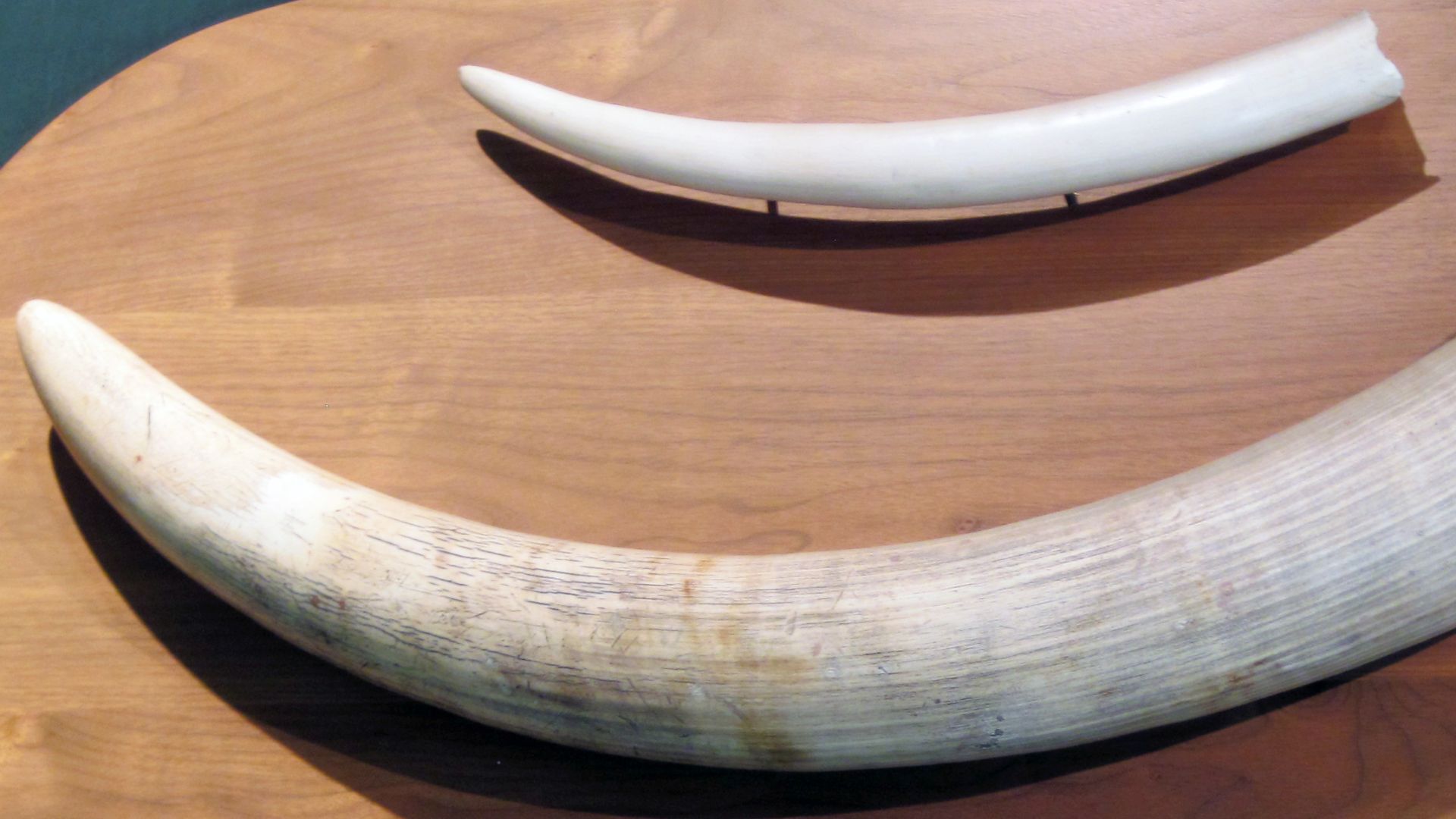 James St. John, Wikimedia Commons
James St. John, Wikimedia Commons


